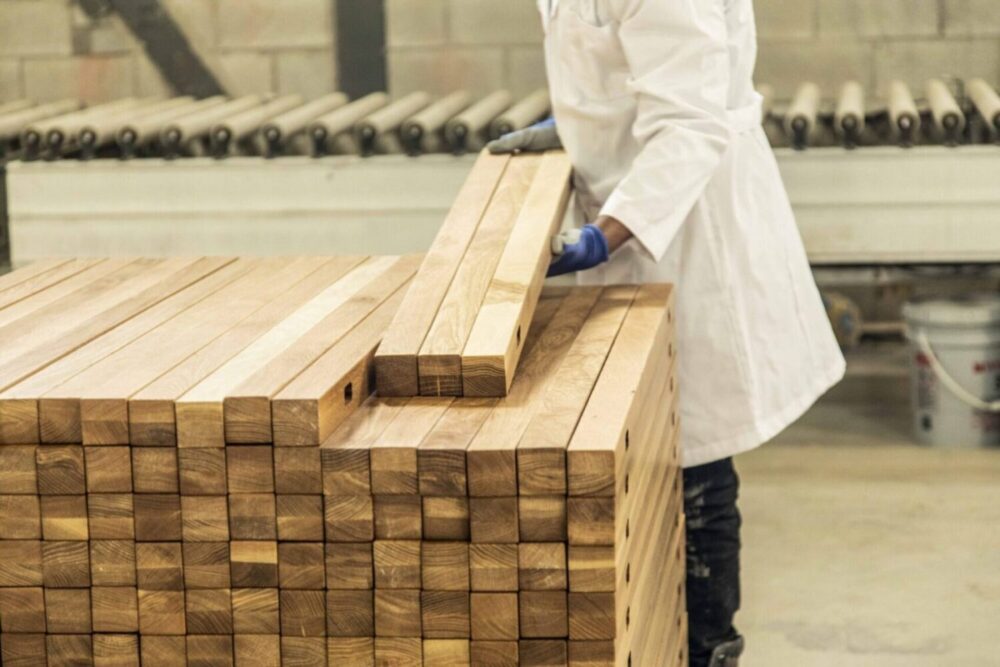In the competitive landscape of product design and manufacturing, achieving cost-effectiveness for your clients should be a paramount goal. From ideation to production, every decision made during the process can impact overall expenses. In this blog post, we will explore the key considerations for designing and manufacturing more cost-effective products, focusing on the importance of economies of scale and materials.
Economies of Scale
One of the fundamental principles in achieving cost-effectiveness is harnessing the power of economies of scale. This concept revolves around the idea that as production quantities increase, the average cost per unit decreases. Manufacturers can achieve this by optimizing production processes, negotiating bulk material purchases, and streamlining assembly procedures. By carefully considering the scalability of a product, designers can ensure that unit costs decrease as production volumes rise, resulting in a more cost-effective product.
- Optimizing Production Processes
At the heart of economies of scale lies the optimization of production processes. Picture a finely tuned orchestra, each instrument playing in harmony and in sync. Similarly, manufacturers can fine-tune their operations to achieve peak efficiency. This might involve investing in advanced machinery, refining workflow protocols, or implementing innovative technologies that reduce labor costs. The key is to orchestrate the manufacturing process with precision, ensuring every element contributes to the symphony of cost reduction.
In the grand production of cost-effective designs and manufacturing, economies of scale set the tone for success. By optimizing processes, manufacturers can achieve a harmonious balance between quantity and cost. Designers must envision scalability from the outset, ensuring that every design decision contributes to the masterpiece of a cost-effective product. Within this dance, economies of scale take center stage, conducting a melody that resonates with efficiency, savings, and ultimately, success.
Materials Matter
In the realm of materials, the age-old adage “you get what you pay for” couldn’t be more true. Opting for high-quality materials may seem like a heavy hit to the budget initially, but it’s an investment that pays dividends over time. Quality materials contribute to the longevity of a product by minimizing maintenance, repair, and replacement costs.
When selecting materials, it’s not just about finding the cheapest option; it’s about finding the most cost-effective one. Consider the specific requirements of the product and aim for a delicate balance between cost and performance. Over-specifying materials beyond what the product truly needs can lead to unnecessary expenses without tangible benefits.
A Few Things to Consider when it Comes to Material
- Exploring Alternatives: A Treasure Hunt for Savings
In the quest for cost-effectiveness, designers must don their “explorer hats” and embark on a journey to uncover alternative materials and sourcing options. This isn’t merely a cost-cutting exercise; it’s a strategic move to identify materials that offer the same or even an improved performance at a lower cost.
Alternative materials can be hidden gems, offering not only financial savings but also unique characteristics that could further differentiate the product in the market. Furthermore, diversifying sourcing options creates a resilient supply chain that can better weather market fluctuations.
The Environment: Sustainability as a Cost-Saver
In the contemporary landscape, the cost-effectiveness of materials is inseparable from environmental considerations. Sustainable materials not only align with ethical manufacturing practices but can also contribute to cost savings. Recyclable materials often have lower disposal costs, and using eco-friendly options may open doors to government incentives or consumer goodwill, creating a positive ripple effect on the bottom line.
The Unseen Costs: Quality Beyond Surface Level
A nuanced understanding of materials extends beyond their basic attributes. Considerations such as ease of fabrication, compatibility with manufacturing processes, and the product’s overall lifecycle are integral parts of the selection process for materials. These unseen factors can significantly impact production efficiency and long-term costs.
Harmonizing Efficiency
Achieving cost-effectiveness in product design and manufacturing involves optimizing processes and harnessing economies of scale. Designers should envision scalability from the start. When it comes to materials, a strategic approach, exploring alternatives, and considering sustainability can contribute to cost savings.
The selection process should extend beyond basic attributes, considering factors like ease of fabrication and compatibility with manufacturing processes. This intricate dance between economies of scale and materials is where designers and manufacturers find the rhythm for success and a balance between quantity, cost, and environmental consciousness.
Contact Us
Enter your information below to speak to one of our representatives.
 Careers
Careers